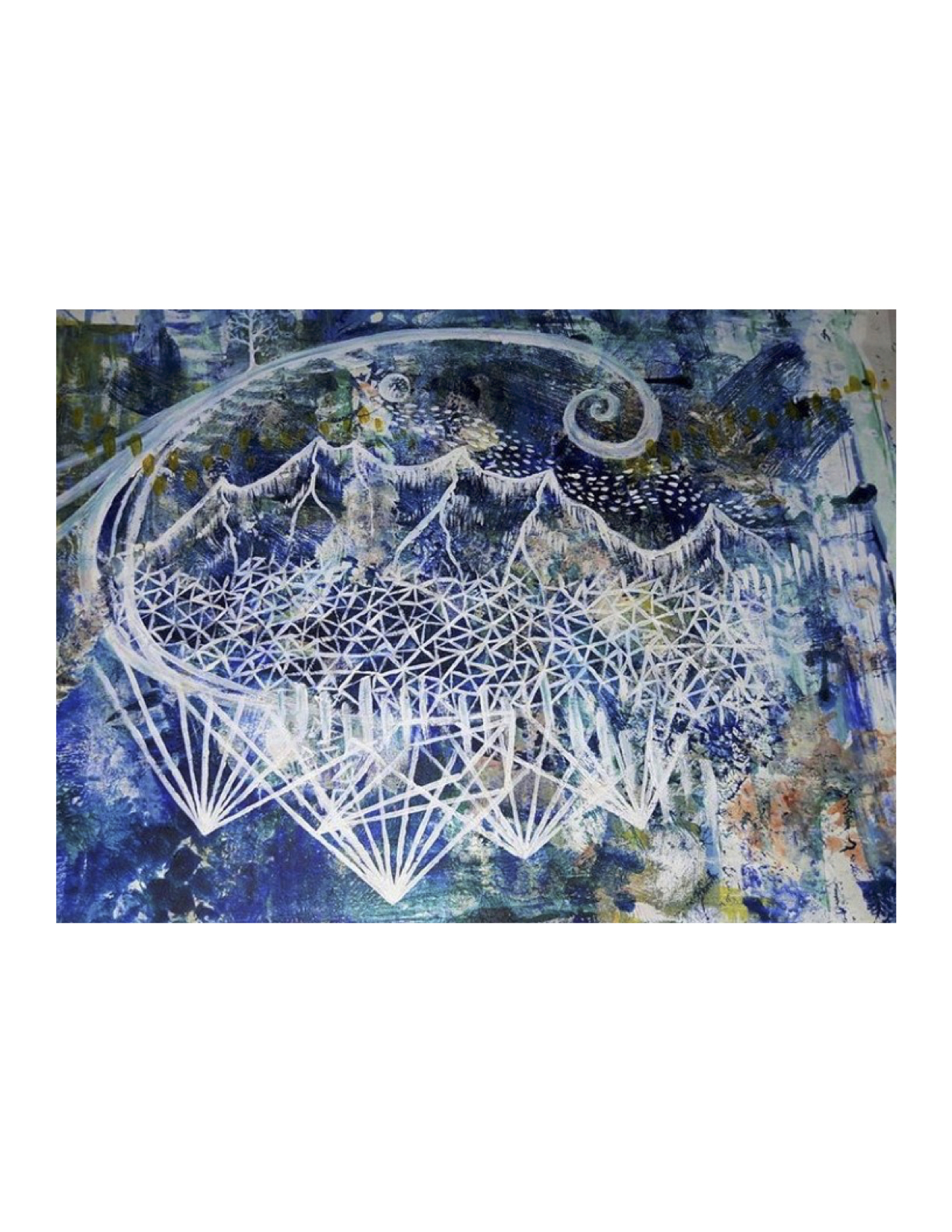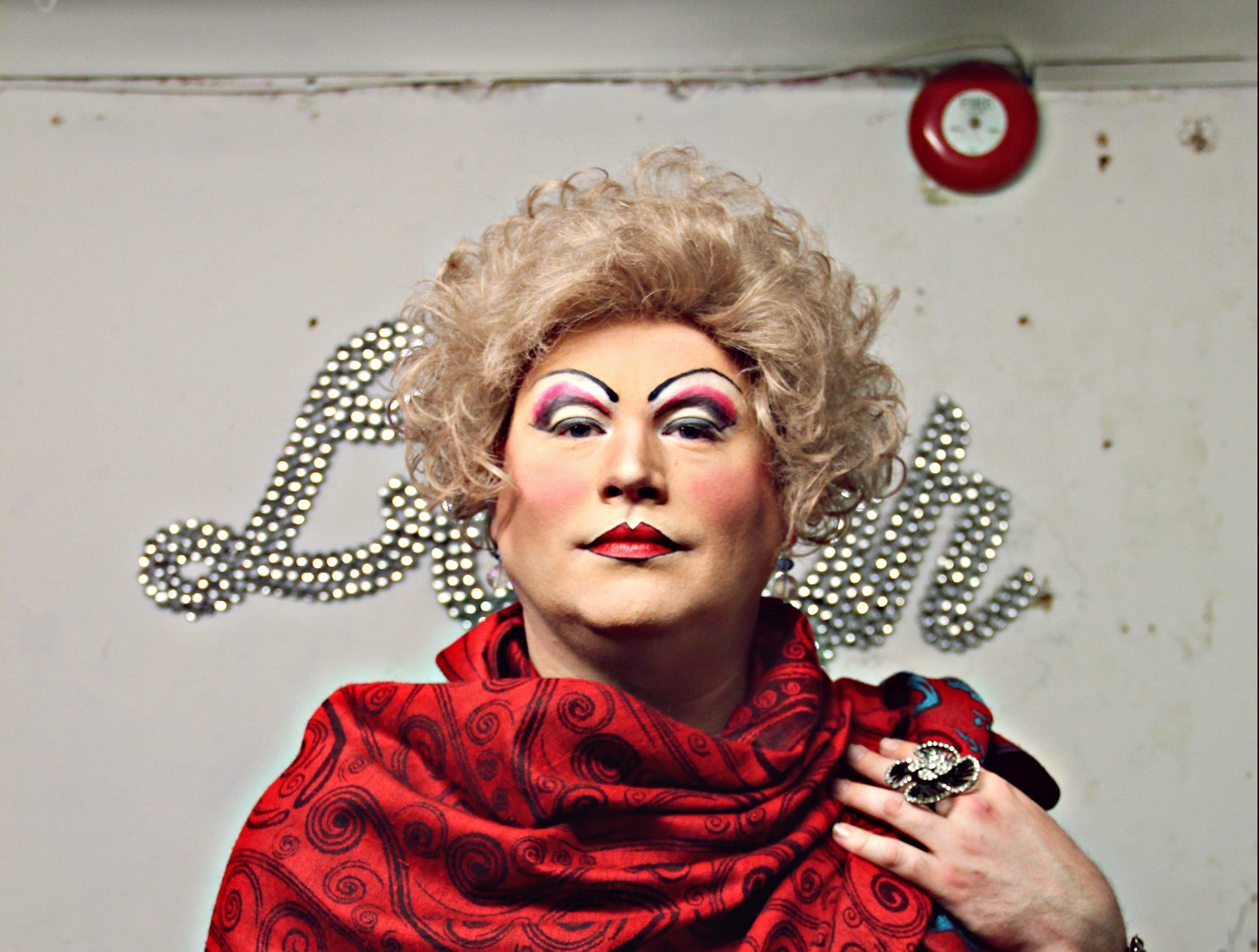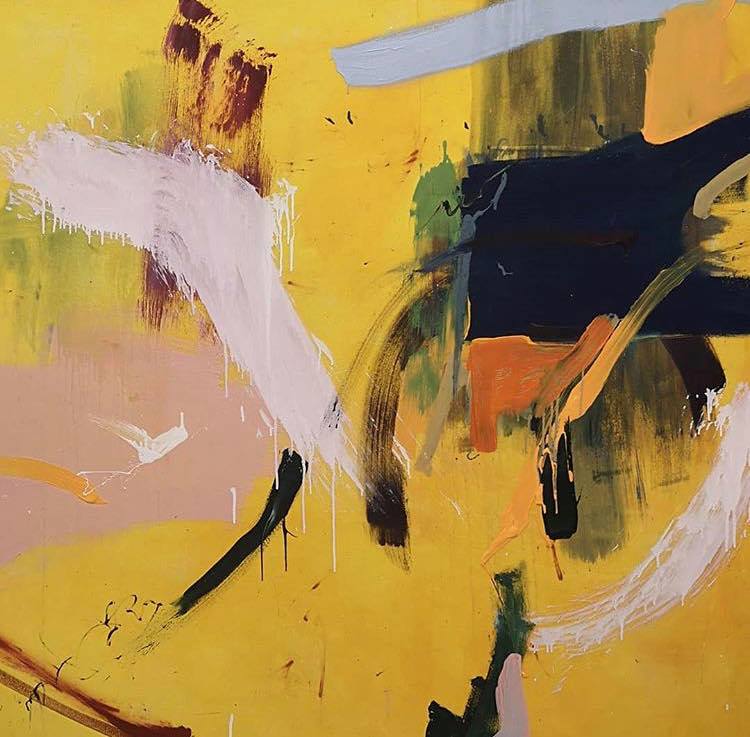In a few short years there has been an unfettered upsurge in a journalistic and social media based activity: photography of the self. ‘Everyone is a photographer now’ so the saying goes, but the democratisation of the art of photography has always been a way to understand self-produced snap shots; from holidays to bird watching, train spotting to amateur pornography, all have been consummate parts of our relation- ship to the medium since the wide availability of Kodak’s Brownie box in the early 20th century. We have always been photographers, the crucial difference is that now personal photography has a platform outside of private space. It is splashed and celebrated across all manner of online public spaces, which have an undeniable and heretofore unrealised intimacy with the image producing self. When did this become such a mode of expression? Are we looking at some instantaneous digital index as a replacement for self-portraiture? Can the selfie be spoken of in the same hushed reverence as the fine art of revealing yourself to the world? Perhaps, but what we have instead is artists like Amelia Ulman, who’s recent Excellences & Perfections uses sites like Instagram to create fake selfies documenting plastic surgeries and eating disorders that she has never experienced. Ulman fulfils psychoanalyst Vincent Dachy’s assessment of ‘art as the inexistence of a total image’, by positing a form of metacriticism, she positions the audience in a place where they are forced to question the validity and pathos of feminine subjective projections in online spaces. Her art derives not from the image but from the image’s affect, and specifically the subsequent revelation that all the images were a performance. Ulman seems to want to ask us: are selfies and their related media a space in which to project our innermost selves?
Or are they easily manipulated images of the surface that simply show, never allowing us access to the full story? Ulman’s work can tell us a lot about two distinct but interlink- ing areas that can be mapped onto the space that the selfie now governs, both in our own image making and in culture more widely. The first of these is the selfie as ego. It would be easy here to enact some kind of balletic cynicism, fastidiously tearing apart the banality of the selfie, ridiculing its posturing, its gormless drive to document meetings with celebrities, demarcate the beginning, middle and end of trips abroad; in which the place itself is dethroned to the auxiliary of the frame and instead filled with the photographer’s beaming elation to be present in place we cannot actually view. We may then elegantly sweep into broad questions: Wasn’t that the point of photography? To show us something we have never seen before? To act as a signifier for the memories of real experience, linking to stories and anecdotes of the things we have done with our lives?
It is precisely the logic of the selfie to show not to tell. In many ways we can see the inscribing of the self as both object and subject of pictures as a reaction to the image saturated culture in which we exist. How many hundreds of thou- sands of images exist, more expert- ly arranged more circumstantially caught in perfection, of the places we wish to naïvely capture with our phones and cheap digital cameras? We know that the next best thing to recording the place itself is to momentarily capture our own fleeting existence in this space through the mode of the selfie. There is indeed an optimism inherent in this kind of narcis- sism, it, if only briefly, cements us in place, in space and in time. The selfie shows the world we were there. There are countless breathtakingly realised images of the Eiffel Tower or the Brooklyn Bridge, they may tell us something about it, but they do not have us, an image of ourselves front on, dominating the foreground of the picture, more often than not looking like we are truly happy to be there. But the selfie exists on planes other than our will- ingness to document experi- ences outside of the everyday. To flip the narcissist argument around, one of the things one notices about the selfie is its potential, to return to psychoanalysis, to be an ego machine, a self-assertion of our own individual identity in the hyperreality of cyberspace. More often than not one can notice that selfies are a constant in people’s photographic repertoire, and even, for some, they are becoming the only mode of photography.
Ulman’s work is a testament to the selfie as a diary or a form of capturing oneself in the everyday. There are deep seated cultural issues at play here. This is inherently linked to the other distinct notion ex- plicated through selfie culture: the selfie as anxiety. By saying this I do not wish to insinuate that the act of selfie making is itself a way of alleviating personal anxiety or issues (though of course it may play out in that manner, as Ulman’s work attests), but rather as a much more telling symptom of the cultural neuroses of our contemporary surveillance society. The technocratic construction of the self is multifarious and multifaceted, a complex interrelation of what is now, for many, our online and offline personas. The corporations which govern online spaces; Facebook Google etc. have the ability to boil down complex nodes of information about us into algorithms, feeding the most personal aspects of our tastes, interests, in short our understanding of the world, into loops which relate back to us things which will be subjectively applicable. A regime of surveillance has existed in the physical world for a long time now, our own images are captured by a massive net- work of closed circuit television cameras which feed into control centres, keeping an eye on our whereabouts and activities 24/7. It is perhaps tautological to state that we are the most recorded people in history, and it would not be unreasonable to suggest that there are more filmed images of the public than there are filmed images of fiction, with over 1.5 million CCTV cameras in the UK.
It is a pertinent issue that we are the subjects of a surveillance society, is it so surprising that we have now, in this contemporary moment, become so obsessed with making our own images of ourselves? We may then immediately share them on sites like Facebook which will notice our excitable hashtags: #Holiday! #Paris! #EiffelTower! And subsequently offer up adverts to us, promising cheap return flights and accommodation to newer and even more exotic destinations. But will we not have, in some fragmented way, offered self- created images of ourselves as a point of resistance in all of this? In a culture predicated on the construction of the self through modes of production which exist outside of our control, is image making and more explicitly this new regime of the self-mediation of subjectivity a way of protect- ing us against this unruly gaze? The gaze of the elites and corporations which now create ideal images of us as nodes in a net- work of information consumption? The selfie it would seem offers a last ditch rebuttal, an attempt to create an image ourselves, a striking and truly democratising mode of expression which sees the individual proliferating once more in its most basic form of expression, as simply a human face, selfishly occupying the entire frame of the image.
Tom Day




